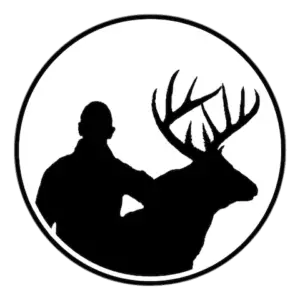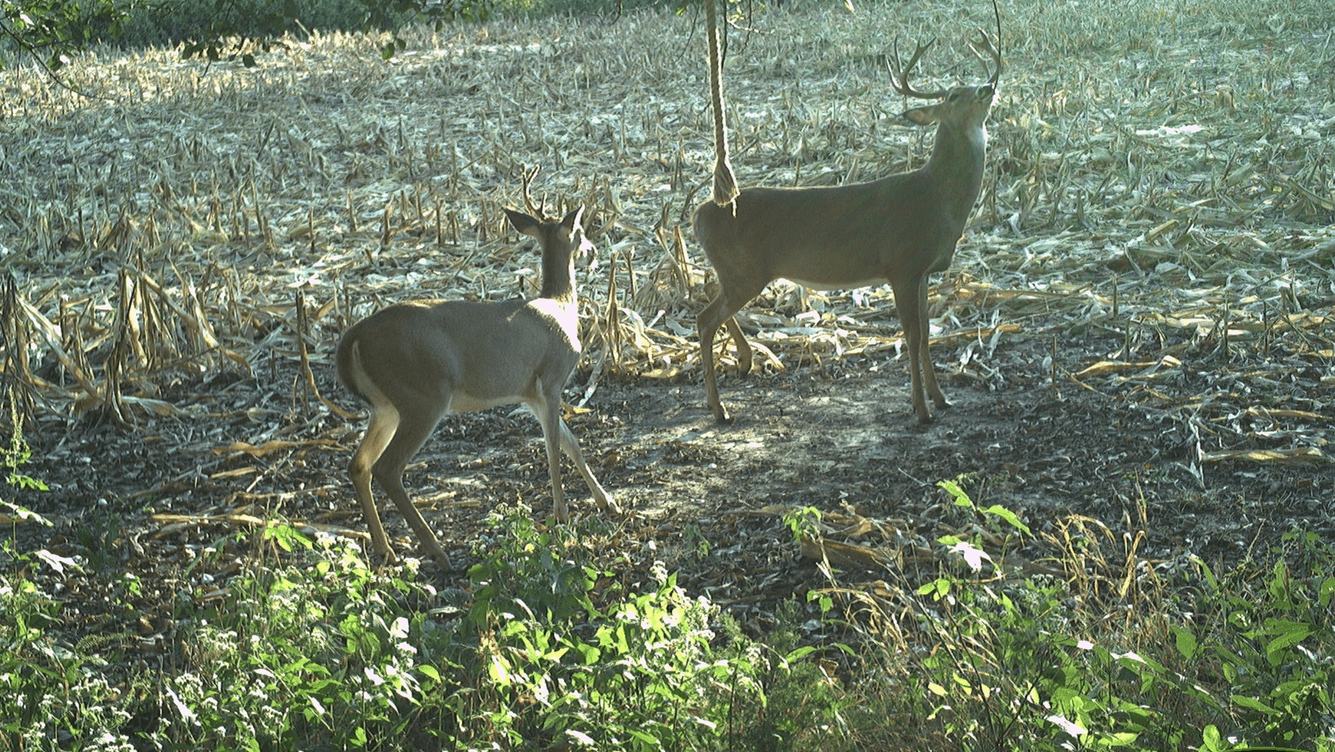Are you seeing a lot of small bucks while hunting but can’t seem to lay an eye on a big buck? That can seem really odd when groups of bucks are frequently seen together during the summer months leading up to the start of deer season. Common sense might tell you that small and big bucks will always follow each other around and use the same areas regardless of the time of year. However, this is usually not the case.
Big bucks and small bucks will follow each other when their testosterone levels are low, and when they aren’t in competition to breed does. Bucks commonly travel together from March to September and will stop following each during the breeding season (October to February).
A bucks antlers are a key indicator to help you understand when bucks begin to start and stop following each other. Bucks will start following each other in bachelor groups when they shed and drop their antlers off their head. On the flip side, bucks will stop following each other when their antlers are losing its velvet and turning into hard horn.
At this point you might be asking why bucks would follow each other during the summer months but not during hunting season. Let’s dive deeper into that topic.
Why do bucks follow each other
During the time of year (March – September) when bucks are following each other around in bachelor groups, there are three primary reasons why they want to hang out together. The first is that they want to protect each other. Predators are easier to avoid when you have multiple deer together to detect danger. The more eyes, ears, and noses there are in a group, the better they can protect each other from predation.
The second reason why bucks like to stay in bachelor groups and follow each other around is so they can groom each other. Bucks will lick each other’s head and neck to help with insects, parasites, and wounds. Deer also lick each other just like two dogs might sniff and lick each other. This is one way that deer socialize with each other.
Lastly, and perhaps the most important reason why bucks hang out and follow each other around is because they are establishing a social pecking order to determine who the dominate buck is. It’s a common thought that when bucks create a dominance hierarchy, there will be less of a need for fighting when the time comes to breed does. If both bucks know which of them is more dominant then the less dominate buck will back down and let the dominate buck breed the doe.
If two bucks are fighting then those bucks were likely not in the same bachelor group over the summer or they both feel like they are the dominate buck and are willing to fight for the right to breed the does in that area.

Do Bucks stay together during rut
The vast majority of bucks do not stay together during the rut because their testosterone levels are high and they are competing with each other to breed does. Bucks will start to break up from their bachelor groups when the velvet on their antlers start to fall off. This typically happens several weeks before the majority of breeding takes place (peak rut).
During the times of year (October – February) when bucks are avoiding each other, there are a few reasons why they still might follow each other, but most likely it’s just a coincidence. For example, let’s say a doe in heat walked down a trail and a few bucks happened to cross her trail and catch her scent. Both bucks might follow that does scent trail within a short amount of time from each other, leading you to think they were following each other. In reality, they just had breeding on their mind and were following the doe.
Another example as to why you might see bucks following each other between October and February is because a predator spooked a large bedding area, sending any deer within that bedding area to flee in the same direction.
Lastly, groups of deer will start to assemble during winter months when conditions are brutally cold. When preferred food sources are limited, you might notice that deer will stay relatively close to that food out of necessity to survive. This will bring bucks and does closer together which might lead you to believe that bucks are following each other around in the same way that they would during the summer months. However, it’s very common for mature bucks to still separate themselves from other bucks and will travel to food sources from different directions.
Conclusion
Big bucks will follow small bucks and vice vera. The time of year is a key indicator as to why bucks may or may not be following each other. If you are spending countless hours in the deer stand seeing nothing but small bucks walking by, then you need to be asking yourself a few different questions if you are trying to kill a big buck. Small bucks and big bucks are completely different creatures when it comes to hunting season and hunting pressure. If you want to kill big bucks then you first need to understand why you don’t see big bucks.
Here are a few articles to help you out so you can start seeing and killing big bucks more regularly:

